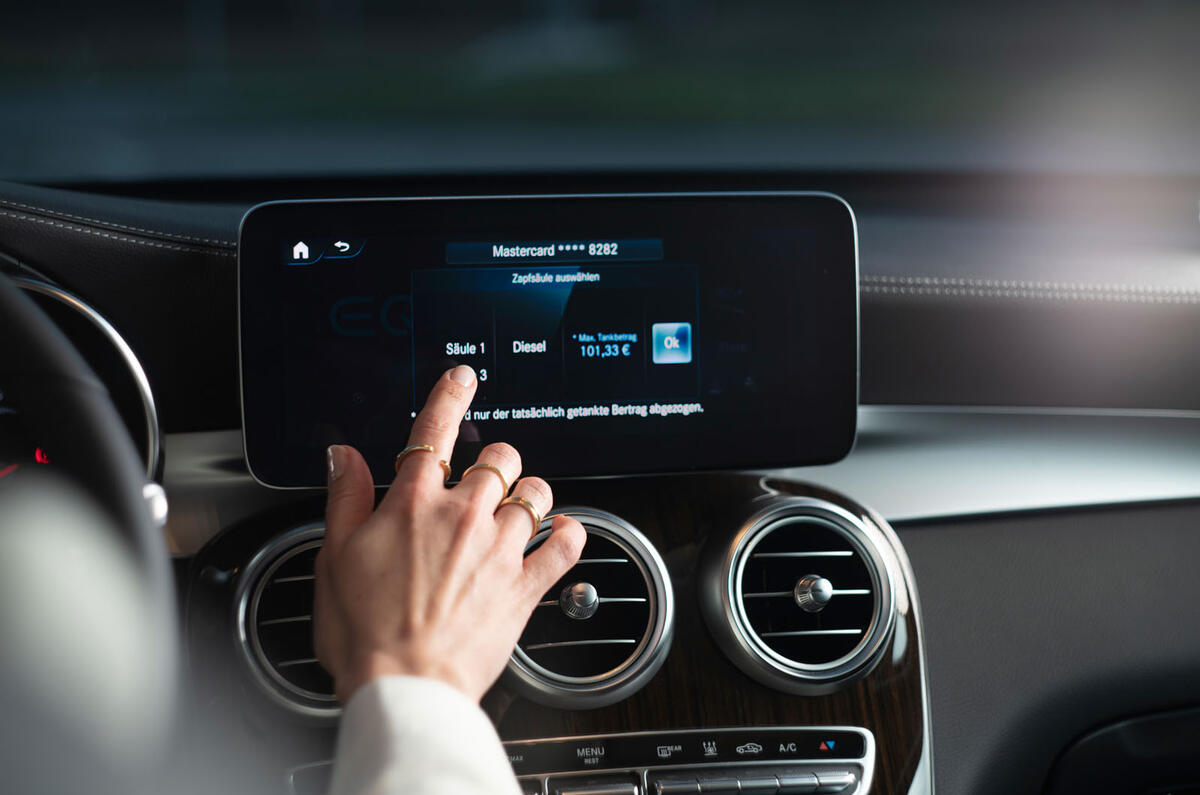Where smartphones lead, cars follow, and that’s the case for in-car payments too.
The currently limited ability to pay for stuff like parking, charging or drive-through food and drink via your car is expected to grow exponentially in the next few years as car companies and other financial-technology providers compete to grab a slice of the market.







Add your comment